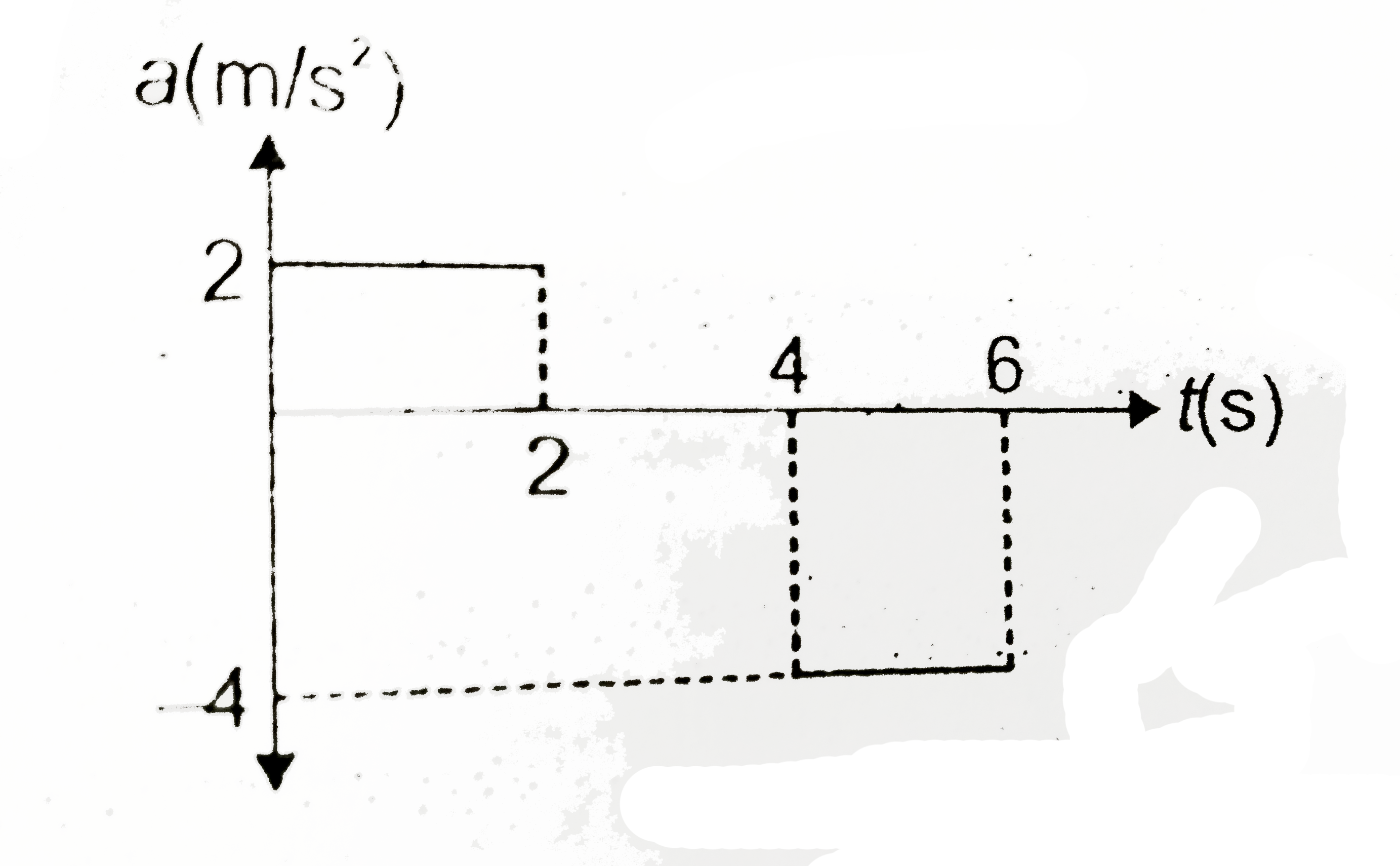A particle is at a distance r from the axis of rotation. A given torque τ produces some angular acceleration in it. If the mass of the particle is doubled and its distance from the axis is halved, the value of torque to produce the same angular acceleration is -
τ/2
τ
2τ
4τ
The correct Answer is:A
To solve the problem, we need to analyze the relationship between torque, moment of inertia, and angular acceleration. Let's break it down step by step.
Step 1: Understand the relationship between torque and angular acceleration
Torque (τ) is related to moment of inertia (I) and angular acceleration (α) by the formula:
τ=I⋅α
We will use this relationship for two different scenarios.
Step 2: Define the initial conditions
Let:
- The initial mass of the particle be m.
- The initial distance from the axis of rotation be r.
- The initial torque be τ.
- The initial moment of inertia I1 can be expressed as:
I1=m⋅r2
Thus, the initial torque can be expressed as:
τ=I1⋅α=m⋅r2⋅α
Step 3: Define the new conditions after changes
Now, according to the problem:
- The mass of the particle is doubled: m′=2m.
- The distance from the axis is halved: r′=r2.
Step 4: Calculate the new moment of inertia
The new moment of inertia I2 can be calculated as:
I2=m′⋅(r′)2=(2m)⋅(r2)2=(2m)⋅(r24)=2m⋅r24=m⋅r22
Step 5: Relate the new torque to the angular acceleration
We want to find the new torque τ2 that produces the same angular acceleration α:
τ2=I2⋅α=(m⋅r22)⋅α
Step 6: Compare the two torques
Now we can compare the initial torque τ and the new torque τ2:
From the initial torque:
τ=m⋅r2⋅α
From the new torque:
τ2=(m⋅r22)⋅α
Step 7: Express τ2 in terms of τ
Now, we can express τ2 in terms of τ:
τ2=12⋅(m⋅r2⋅α)=τ2
Conclusion
Thus, the value of the torque required to produce the same angular acceleration after doubling the mass and halving the distance from the axis is:
τ2=τ2
Final Answer
The value of torque to produce the same angular acceleration is τ2.
---
Torque (τ) is related to moment of inertia (I) and angular acceleration (α) by the formula:
τ=I⋅α
We will use this relationship for two different scenarios.
Let:
- The initial mass of the particle be m.
- The initial distance from the axis of rotation be r.
- The initial torque be τ.
- The initial moment of inertia I1 can be expressed as:
I1=m⋅r2
Thus, the initial torque can be expressed as:
τ=I1⋅α=m⋅r2⋅α
Now, according to the problem:
- The mass of the particle is doubled: m′=2m.
- The distance from the axis is halved: r′=r2.
The new moment of inertia I2 can be calculated as:
I2=m′⋅(r′)2=(2m)⋅(r2)2=(2m)⋅(r24)=2m⋅r24=m⋅r22
We want to find the new torque τ2 that produces the same angular acceleration α:
τ2=I2⋅α=(m⋅r22)⋅α
Now we can compare the initial torque τ and the new torque τ2:
From the initial torque:
τ=m⋅r2⋅α
From the new torque:
τ2=(m⋅r22)⋅α
Now, we can express τ2 in terms of τ:
τ2=12⋅(m⋅r2⋅α)=τ2
Thus, the value of the torque required to produce the same angular acceleration after doubling the mass and halving the distance from the axis is:
τ2=τ2
The value of torque to produce the same angular acceleration is τ2.
Similar Questions
Two identical masses are connected to a horizontal thin massless rod as shown in the figure. When their distance from the pivot is x, a torque produces an angular acceleration α1. If the masses are now repositioned so that they are at distance 2x each from the pivot, the same torque will produce an angular acceleration α2 such that ,
 View Solution
View SolutionSquare of the distance of the point from x-axis is double of its distance from the origin.
View SolutionA particle of mass M and radius of gyration K is rotating with angular acceleration α. The torque acting on the particle is
View SolutionTwo masses are attached to a rod end to end . If torque is applied they rotate with angular acceleration α. If their distances are doubled and same torque is applied, then they move with angular acceleration.
View SolutionFind the equation of the locus of a point which moves so that its distance from the x-axis is double of its distance from the y-axis.
View SolutionTwo particles are placed at some distance. If the mass of each of the two particles is doubled, keeping the distance between them unchanged, the value of gravitational force between them will be
View SolutionIf the perpendicular distance from the axis of rotation is more, then torque will be ......... (more/less)
View SolutionA particle at the edge of a ratating disc speeds up at a uniform angular acceleration ∝. If the radius of the disc is R, find the angular distance covered by the particle till its acquires a total acceleration a0.
View SolutionA torque of 2 newton-m produces an angular acceleration of 2rad/sec2 a body. If its radius of gyration is 2m, its mass will be:
View SolutionA particle starts from rest. Its acceleration is varying with time as shown in the figure. When the particle comes to rest, its distance from its starting point is
 View Solution
View Solution

